Vaccine Hero’s
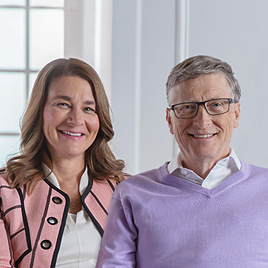
Ever since Bill Gates, founder of Microsoft and chairman of the Bill and Melinda Gates foundation, gave a talk about “Vaccine Hero’s” I’ve seen more and more “vested interests” jumping on his bandwagon with their own hero lists.
Gates had a list of seven person’s, 6 medical related and 1 business, who he is continually grateful for as he and his wife attempt to ameliorate great inequities and suffering around the world in the area of vaccines and disease prevention.
Bill and Melinda Gates, founders of the Bill and Melinda Gates foundation
Vaccine Hero’s
Combining efforts to eradicate needless disease and suffering
In a talk Gates gave about the world vaccination initative, he called them: “pioneers—fascinating, mythic guys”; and knowing how much effort it takes to do anything in medicine, I must say: I tend to agree. I’ll list them for you and you’ll agree too.
7 Vaccine Hero’s
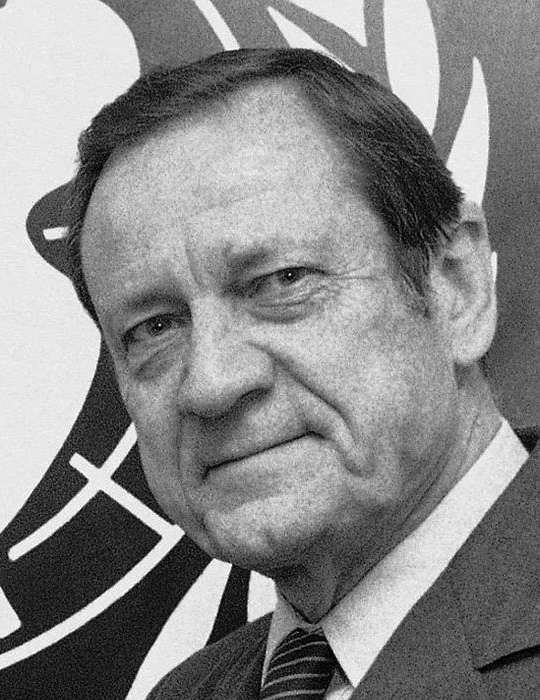
Headed Unicef in the 1980s
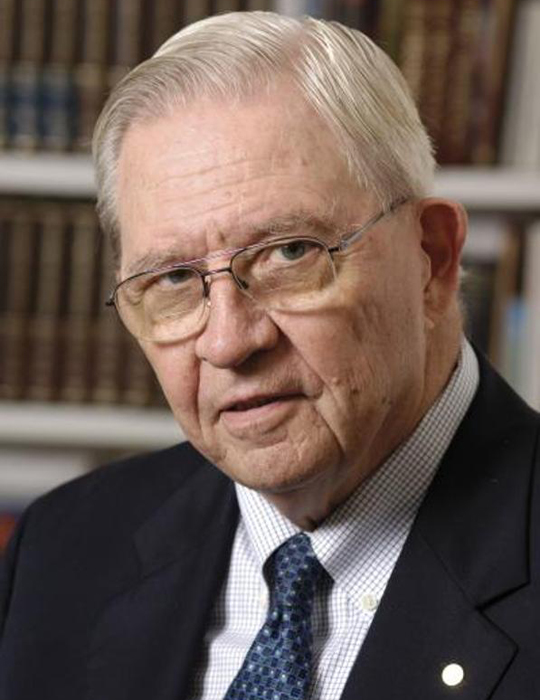
Prof. Pub. Health-Medicine, U Pittsburgh

Led Virus & Cell Biology Dept. at Merck
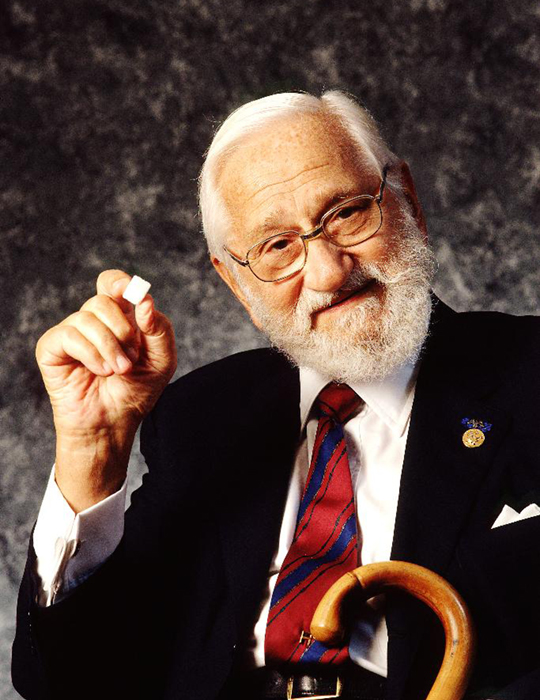
Medical researcher and virologist
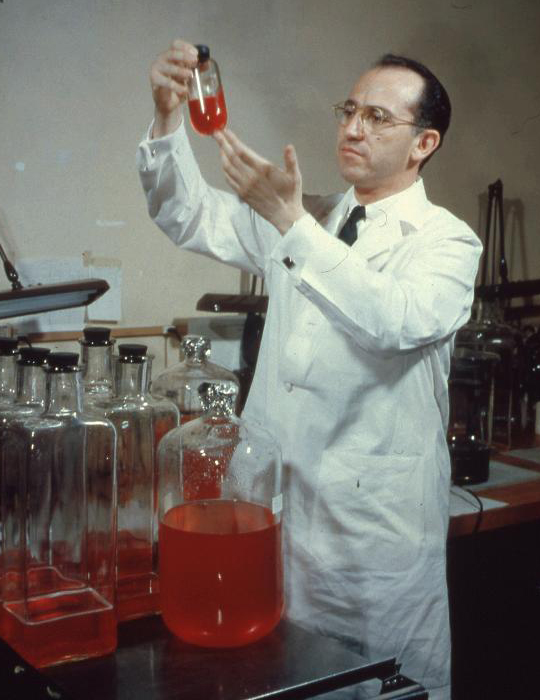
Medical researcher and virologist
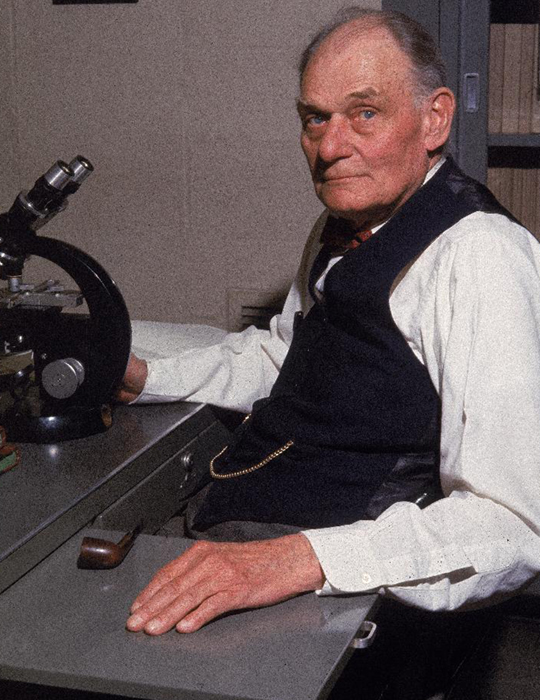
Medical scientist, Boston
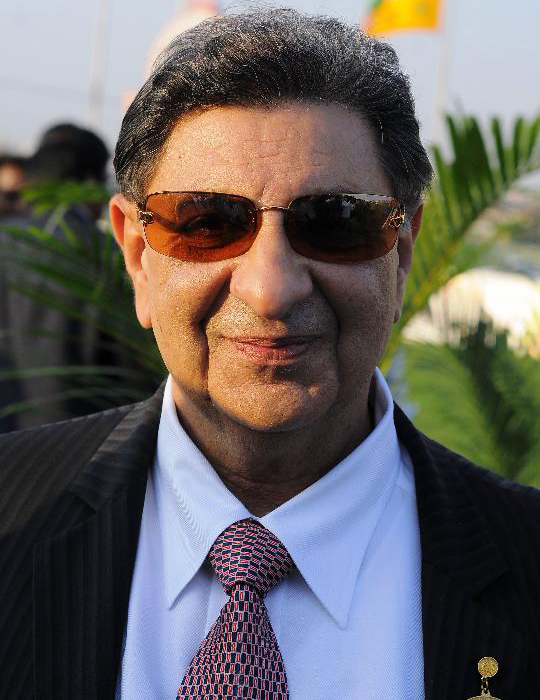
Chairman, Poonawalla Group
You must remember however, that eradicating disease through vaccinations is not a “one shot deal.” Every year millions of unvaccinated infants are born; every year an entirely new crop of children become susceptible; and, every year whatever small amount of disease remains has an entirely fresh chance to ravage back to epidemic proportions.
The thing is that: “It’s not over with a disease, until it’s ALL over!”
So, after listing these seven, I started thinking of several others that we should thank. There are many. Well, as it turns out, there are many many—and I realized a bit too late that it’s a fools errand to think I can list them all. There are just too many.
Bill Gates and those he’s currently working with don’t deserve all the credit, they are just the latest bastion of soldiers in the fight. None-the-less, here are the few that I was able to list before realizing the list is impossibly long.
50 Vaccine Hero’s
| Hero | Accomplishment |
|---|---|
|
Albert Calmette (1863-1933) France |
Calmette and Guerin discovered what is now called the “Bacillus Calmette-Guérin” or BCG, a bacteria used in the vaccine against tuberculosis. France becan vaccinating newborns in 1924 and the practice eventually spread to other countries. The vaccine is still used today. |
|
Albert Sabin (1906-1993) Poland/United States |
Sabin enhanced Salk’s polio vaccine by developing one that induced both intestinal and neurological protection. It was less expensive and could be taken more easily on a sugar cube; but, unfortunately, allowed its virus to be shed in the stool which could infect others. This gave “unintended immunity” to others but was found to occasionally revert to it’s natural form and cause the paralytic type of infection. It none-the-less was used throughout the world and instrumental in eliminating polio. |
|
Alfred Prince (1928-2011) US |
Blumberg discovered that disease susceptibility is genetic and discovered the “Australian antigen,” which Prince was able to show was part of the hepatitis B virus. With Blumberg and Prince’s work as a foundation, a blood-derived vaccine was developed by Maurice Hilleman. Blumberg won the Nobel Prize. |
|
Betty Bumpers (1925 – ) US |
In 1991 Bumpers, the former First Lady of Arkansas, and Carter, the former First Lady of the United States, started the non-profit childhood vaccine advocacy group: Every Child By Two—a reference to the routine infant immunization schedule recommending many vaccinations before 2 years of age. They began their childhood immunization advocacy in the 1970s when their husbands were both governors. |
|
Bill Gates (1955 – ) US |
Their foundation has awarded more than $36 billion in grants since its inception—increasing research and development on vaccines and infectious diseases affecting the developing world, while improving vaccine coverage and technology enabling more effective and less expensive vaccine delivery. |
|
D.A. Henderson (1928 – 2016) US |
Smallpox was the first disease ever to be completely eliminated from the world. Henderson was chosen to lead the charge for the WHO using a strategy of surveillance, containment and target vaccination encircling outbreaks. The disease was eradicated within 10 years. Prior to this he created a smallpox surveillance unit to monitor the importation of the disease into the U.S. for the CDC. |
|
David Bodian (1910-1992) US |
It was Bodian and his team who established that the polio viruses entered the body via the mouth and digestive tract then traveled through the bloodstream before attacking the central nervous system. All the polio vaccines and accomplishments were based on his work. Bodian also served on several regulatory and oversight committees to set standards and regulations for the production of those vaccines. |
|
Edward Jenner (1749-1823) UK |
Jenner invented vaccination realizing that those who contracted the cowpox virus never got smallpox. Taking material from a pustule of an infected person (Sarah Nelmes) and injecting it into an 8-year-old boy (James Phipps) made him immune to Smallpox which historically killed more people than all other infectious diseases combined. It’s now eliminated from the face of the earth. |
|
Emil von Behring (1854-1917) Germany |
Behring developed the first effective diphtheria antitoxin in the early 20th century and received the first Nobel Prize for Medicine or Physiology in 1901. Ramon, a French veterinarian, developed methods for inactivating diphtheria and tetanus toxins. |
|
Ernest Goodpasture (1886-1960) US |
Goodpasture with Eugene and Alice Woodruff invented how to grow viruses in chicken embryos—even before the discovery of antibiotics, paving the way for the vaccines against yellow fever and influenza. |
|
Franklin Delano Roosevelt (1882 – 1945) US |
As president FDR helped found the National Foundation for Infantile Paralysis which funded research on poliovirus vaccine development. The “March of Dimes” asked citizens to mail dimes to Roosevelt at the White House. Almost immediately more than 2,680,000 dimes were sent to the president which earned FDR a spot on the dime. |
|
Frederick Robbins (1916-2003) US |
Enders, Weller and Robbins invented growing poliovirus in cultures of human tissue. “Tissue culture” allowed the study of isolated cultures of viruses which laid the groundwork for the polio vaccine—still used today! |
|
Grace Eldering (1900 – 1988) US |
In the early 1930s Eldering and Kendrick’s work on pertussis resulted in the first vaccine against the disease—in routine use by 1943. They then combined the three vaccines (diphtheria, pertussis and tetanus) into a single vaccine (DPT). Eldering and Kendrick both had whooping cough before the age of five. |
|
H Fred Clark (1937-2012) US |
Rotavirus was the most common cause of severe diarrhea in infants and young children worldwide because every child contracted it, until the vaccine was available. The vaccine contains genes from human rotaviruses “spliced” into a strain that does not cause rotavirus disease; so immunity develops without the disease. |
|
Herbert Boyer (1936 – ) US |
At a chance meeting, these two realized that their separate techniques could be used together to form “genetic engineering.” Boyer’s enzyme cut’s a “mother cell’s” DNA to splice in Cohen’s gene of interest for antibiotic study. That cells becomes a “factory” for producing the protein of interest. |
|
Hilary Koprowski (1916-2013) Poland/US |
Koprowski developed two vaccines: against rabies vaccine—used today; and the first effective vaccine against polio—but never approved in the U.S. although it was used in Africa. |
|
Ian Frazer ( 1953 – ) Scotland/Australia |
Frazer and his team made HPV virus particles which mimicked the disease and were a key building block leading to the HPV vaccine. |
|
Isabel Morgan (1911-1996) US |
Part of the team who developed an inactivated polio vaccine which protected monkeys giving a framework for Salk’s killed-virus polio vaccine. |
|
James Phipps (Late 18th Century) UK |
This was the 8-year-old boy who Jenner injected with his smallpox vaccine. After the procedure, he luckily remained healthy. |
|
John Enders (1897-1985) US |
John Enders and team developed the live attenuated measles virus vaccine and the many techniques to construct vaccines with others used. |
|
John Haven Emerson (1906-1997) US |
Emerson built biomedical many medical machines including the iron lung which saved countless lives. Also SCUBA, resuscitators, and postoperative suction pumps. |
|
John Paul (1893-1971) US |
John Paul established a polio research unit at Yale in the early 1930s and received the first grants from what would later be known as the March of Dimes discovered how poliovirus spread around communities in feces. |
Jonas Salk (1914-1995) US |
Salk developed inactivated poliovirus vaccine (IPV) which was tested by an unprecedented 1.8 million people, including hundreds of thousands of school-aged children, in a 35 day clinical trial of the vaccine—the largest public health experiment in the U.S. to date and funded by dimes sent in by children to FDR. Salk never patented his polio vaccine, and never made any money from its creation, believing that royalties and profits would raise the cost and make the vaccine unavailable to the poor. |
Joseph Meister (1876- 1940) France |
When he was 9, Meister was bitten by a rabid dog while playing. His mother took him to Louis Pasteur and begged him to use a experimental treatment to save his life, he did. |
Joseph Stokes, Jr. (1896-1972) US |
Perfected “passive immunization” techniques using gamma-globulin for unimmunized persons. He also helped develop the first influenza, mumps and measles vaccines. |
Lady Mary Wortley Montague (1689-1762) UK |
Witnessed inoculating against smallpox using material from an infected person while in Turkey. Under 2% exposed to the mild case died, compared to 30% of regular cases. Her attempts to introduce it to England was a real struggle. |
Louis Pasteur (1822-1895) France |
He developed sterilization of food, known as pasteurization, to make food safe. He developed vaccines for rabies and anthrax, fermentation and pasteurization. |
Margaret Pittman (1901-1995) US |
She identified the Haemophilus influenzae bacteria causing meningitis in infants allowing vaccine to be made, standardized vaccines, developed more effective Pertussis vaccine. |
Martinus Beijerinck (1851-193) Netherlands |
He discovered the difference between bacteria and viruses and founded the field of virology. |
Maurice Hilleman (1919-2005) US |
Discovered shifting influenza types, interferon, adenoviri, and developed 8 or the 14 commonly recommended vaccines. He is believed to have saved more lives than any other scientist in the 20th century—1988 National Medal of Science recipient. |
Max Theiler (1899-1972) South Africa |
He discovered that mice could be used in place of rhesus monkeys in experiments. In 1951, Theiler received the Nobel Prize in Medicine or Physiology “for his discoveries concerning yellow fever and how to combat it.” |
Michiaki Takahashi (1928–2013) Japan |
He studied measles and polio viruses; then, spurred by watching his 3-year-old son suffer with a severe case of chickenpox, was able to culture the virus from fluid of an infected child which ultimately produced the vaccine. |
Norman McAlister Gregg (1892-1966) Australia |
As an Army doctor in WWII he discovered that mothers who contracted Rubella during pregnancy produced infants with cataracts. |
P. Roy Vagelos (1929 – ) US |
Used DNA technology to produce vaccines (i.e. hepatitis B) in yeast cells instead of from the blood of infected individuals; making it less expensive and safer. |
Paul Offit (1951 – ) US |
Helped invent a rotavirus vaccine credited with saving hundreds of lives per day globally. An advocate for vaccine safety, childhood immunization, and stricter vaccine waiver requirements, he’s helped shape vaccine policy. |
Peter Hotez (1958 – ) US |
Used his international positions to lead against neglected tropical diseases— human hookworm, schistosomiasis, Chagas disease, leishmaniasis, ascariasis, trichuriasis and SARS. |
Phil Provost (1935 – ) US |
Discovered how to grow large quantities of hepatitis A in cell culture paving the way for development of a hepatitis A vaccine. Disease declined by 75%. |
Renato Dulbecco (1936-2012) Italy-US |
Improved cell culture medium for research and production; discovered that some viruses insert their genetic material into cells causing them to reproduce uncontrollably and cause cancer wining Nobel Prize in 1975. |
Robert Austrian (1916-2007) US |
He developed an effective pneumococcal vaccine which prevented and controlled the pneumonia caused by that bacteria. |
Robert Koch (1843-1910) Germany |
Revolutionized study of bacteria, invented stains and techniques for proving causes of disease. Diagnosis and treatment of Tuberculosis, Cholera and Anthrax. |
Sam Katz (1927 – ) US |
Helped develop the first live measles vaccine and worked to deliver it to developing countries. Now working on pediatric HIV/AIDS treatment. |
Saul Krugman (1911-1995) US |
WWII flight surgeon discovered difference between hepatitis A and B and how to deactivate Hepatitis B by heating it. |
Simon Flexner (1863-1946) US |
Developed the serum used to treat meningitis. |
Stanley Plotkin (1932 – ) US |
Developed the rubella vaccine used in the MMR (measles-mumps-rubella) vaccine today. Also helped with the rotavirus and rabies vaccines with research on anthrax. |
Sven Gard (1905 – 1998) Sweden |
Did important work on polio and provided human cells that were ultimately used in the development of vaccines for rabies, rubella, chickenpox, shingles and hepatitis A. |
Tadeusz “Tad” Wiktor (1920 – 1986) Poland/US |
Improved rabies vaccine by growing them in human cells and inactivating it which reduced side-effects. |
Thomas Francis (1900-1969) US |
First to isolate influenza virus and discover more than one type. Designed the famous study which determined that Salk’s polio vaccine was safe and effective. |
Walter Orenstein (1948 – ) US |
Directed US immunization program to raise immunization levels and eliminate local transmission of measles and rubella. Helped eradicate smallpox. Assistant Surgeon General of the U.S. Public Health Service. |
Walter Reed (1851-1902) US |
Discovered that Yellow Fever is caused by the bite of infected mosquitoes not by infected objects; which allowed completion of the Panama Canal. |
William Foege (1936 – ) US |
A missionary in Africa then designed the method to eradicate Smallpox by actively surveying and containing outbreaks—it worked! |
